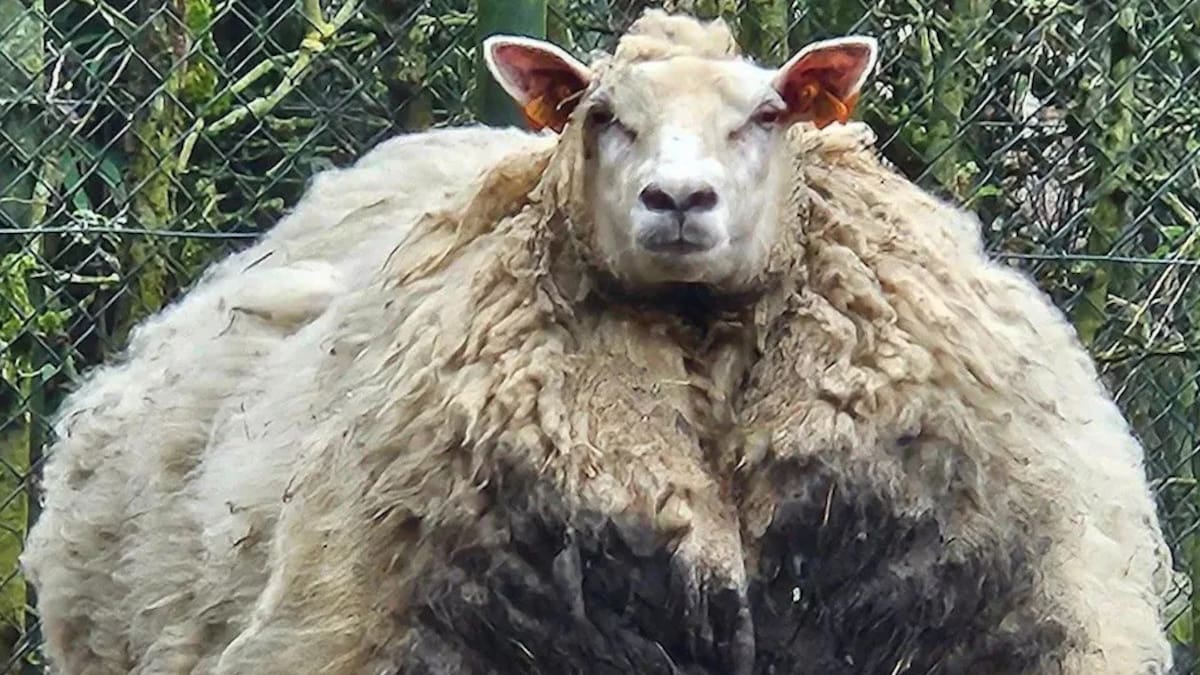“Removing wool is out the question”
Pneumonia does not always prove fatal in sheep and can be treated with antibiotics, but Oyen said there are several factors that must be taken into account.
Fearful of the cold winter weather in Flanders, he warned: “It’s really not the right time of the year to shear sheep, but we have to do something because now the critter is in pain.
“Faeces, for example, are getting stuck in the coat. We will probably have to shear the tail. But removing the huge mass of wool is out of the question for now.
“Maybe we can shear part of the wool, but I actually doubt that that is possible. Normally, you always shear down to the skin.”
He added: “In fact, the sheep has been quite lucky because the risk of myiasis is very high in such cases.”
Myiasis, also known as fly strike, is a painful condition caused by blowfly larvae feeding on the skin of the sheep that can be fatal.
A donkey and horse were also seized in the same raid and taken to the Belgian shelter. The animals could barely walk because their hooves had not been looked after for several years.
Oyen said: “Both animals had enormously long hooves. They could hardly walk as a result. We are now going to take X-rays of the legs to see how the hoof bone is doing. That way we will know if the animals can survive.”
This is not the first time a sheep has captured attention for an overgrown fleece.
Shrek the Sheep found international fame in 2004 when the merino was discovered in Central Otago bearing 27kg of wool after avoiding being shorn for six years.
He was shorn on national TV and became the subject of three books, raising hundreds of thousands of dollars for charity and lifting the profile of the wool industry, before dying in 2011.
– Additional reporting by NZ Herald






